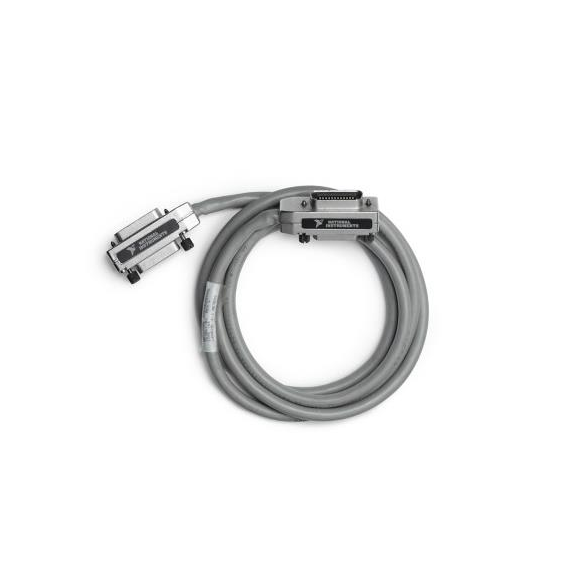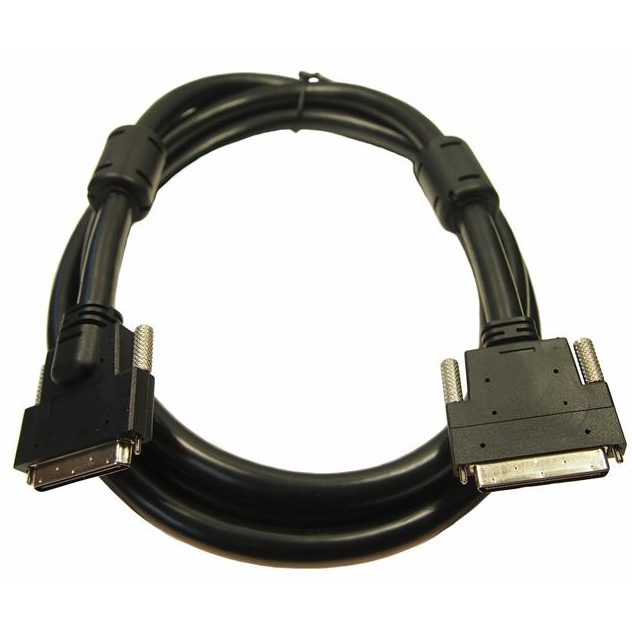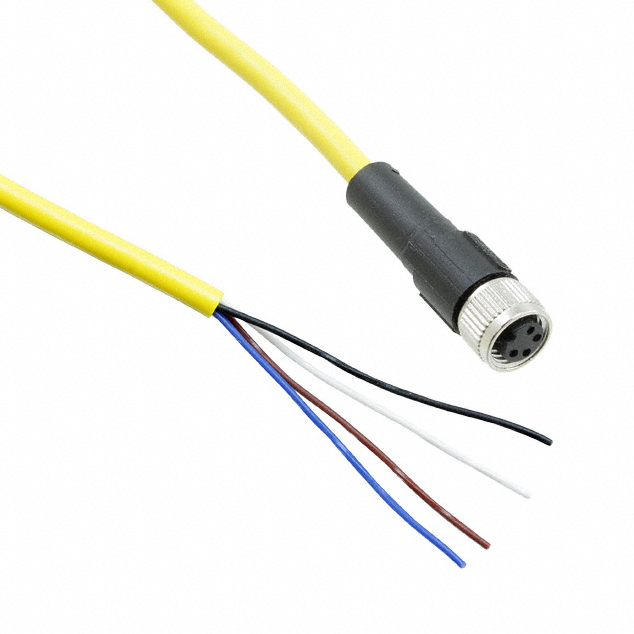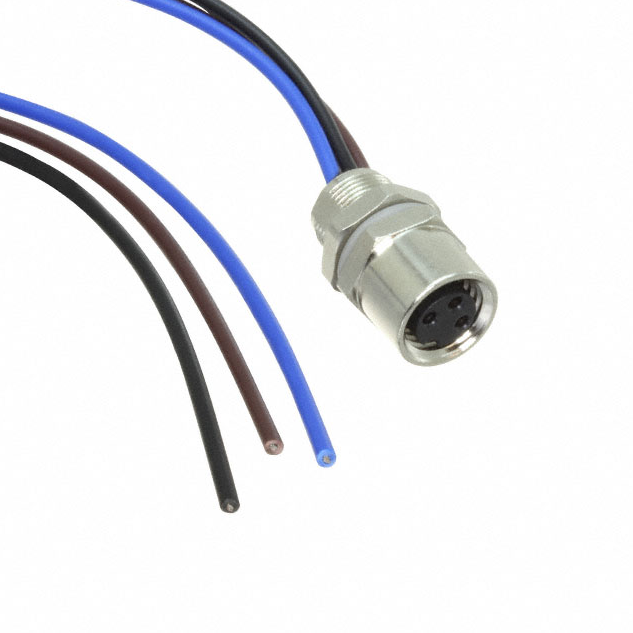Keeping progressing, Pursuing integrity, Embracing future
In electric vehicles (EVs), wiring harnesses face many unique challenges that require special solutions to ensure vehicle performance and safety. Here are some of the main challenges and corresponding solutions:
Challenge
High voltage and high current processing:
Electric vehicles use high-voltage battery packs, typically between 400V and 800V, requiring wiring harnesses to handle higher voltages and currents, which is different from traditional internal combustion engine vehicles.
Thermal management:
High voltage and high current can cause wire harness heating, and effective thermal management solutions are needed to prevent overheating and cable damage.
Electromagnetic interference (EMI):
High voltage systems are prone to electromagnetic interference, which may affect the electronic systems and communication equipment of vehicles.
Weight and space limitations:
Electric vehicles need to minimize weight as much as possible to improve their range, so the design of wiring harnesses needs to be lightweight.
The wiring harness layout needs to fully utilize the limited space.
Durability and reliability:
The wiring harness of electric vehicles needs to maintain high reliability under extreme environmental conditions, including high temperature, low temperature, humidity, and vibration resistance.
Solution
High performance insulation materials:
Use materials with high insulation performance, such as polytetrafluoroethylene (PTFE), silicone rubber, etc., to improve the high-voltage resistance and thermal management capability of the wiring harness.
Shielding and grounding:
Reduce electromagnetic interference and ensure the normal operation of other electronic devices by using shielding layers and effective grounding designs.
Lightweight design:
Use aluminum wire instead of copper wire, or use small-diameter high-strength materials to reduce the weight of the wire harness.
Optimize the path and layout of the wiring harness to reduce redundancy and unnecessary length.
Advanced manufacturing technology:
Using advanced technologies such as ultrasonic welding and laser welding to improve the reliability and durability of wire harness connections.
Modular design:
Adopting modular design, the wiring harness is divided into different functional modules for easy maintenance and upgrading.
Intelligent monitoring system:
Install monitoring devices such as temperature sensors and current sensors to monitor the working status of the wiring harness in real time and prevent potential faults.
Inquiry
LATEST BLOGS
INQUIRY
RELATED PRODUCTS
 How does the wiring harness perform in extreme environmentsRCD has over a decade of experience in the assembly of cables and connectors required for outdoor harsh environment equipment.
How does the wiring harness perform in extreme environmentsRCD has over a decade of experience in the assembly of cables and connectors required for outdoor harsh environment equipment. How to evaluate the lifespan and reliability of wire harnessesRCD has over a decade of experience in the assembly of cables and connectors required for outdoor harsh environment equipment.
How to evaluate the lifespan and reliability of wire harnessesRCD has over a decade of experience in the assembly of cables and connectors required for outdoor harsh environment equipment. What is the difference between flexibility and rigidity of wire harnessesRCD has over a decade of experience in the assembly of cables and connectors required for outdoor harsh environment equipment.
What is the difference between flexibility and rigidity of wire harnessesRCD has over a decade of experience in the assembly of cables and connectors required for outdoor harsh environment equipment.




